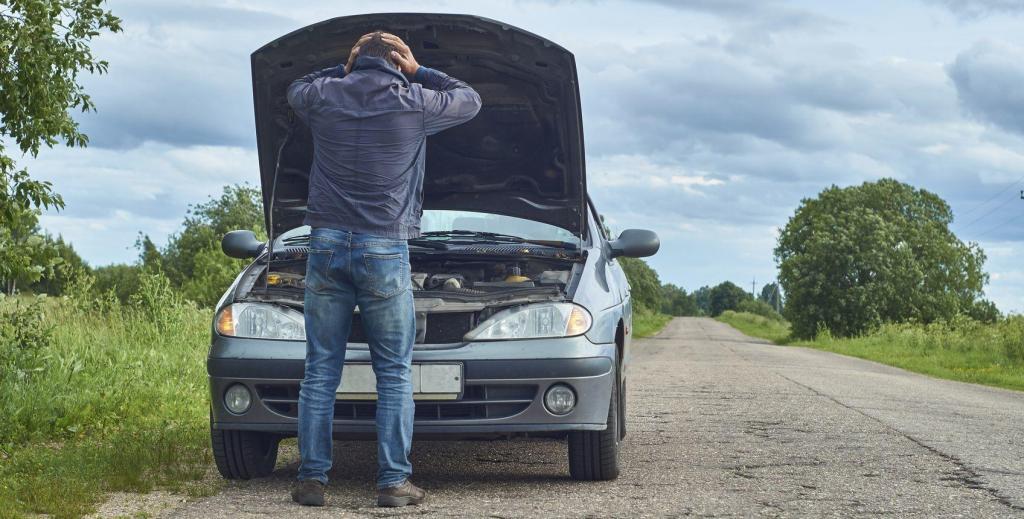If you listen to some financial advisors on the Internet, it’s easy to get the impression that you should drive your car until it disintegrates into a pile of rust, leaving you holding your battered antique steering wheel in your octogenarian hands.
While you don’t want to casually fork out money on a new vehicle every couple of years, it’s also not a good idea to hang on to a car until it becomes a financial liability or safety risk.
Here are five signs that it’s time to think about getting yourself a new vehicle.
Get fairer car insurance. Based on how you drive
1. It has rust
Rust is often a terminal disease for cars, unless you can identify and remove it from your car promptly. Like a nasty skin infection, it has a tendency to spread over your car, affecting the structural integrity of metal and weakening it. This means that once it gets into the parts of your car that provide accident protection, or are linked to key safety systems, your safety can be compromised in various ways. Furthermore, your risk of death in an accident increases as your car becomes rustier. So if you can’t remove the rust on your vehicle, it’s time to get another one.
2. Outdated safety features
Car safety technology is progressing rapidly. Features like electronic stability systems, active headlights and autonomous braking are increasingly common in new vehicles. While it’s not practical to keep up to date with every safety advance, driving the same car for too long effectively deprives you of the additional protection you would benefit from in a newer vehicle. So if your car isn’t fitted with airbags, is equipped with non-adjustable seatbelts and has no anti-lock braking system, consider upgrading your car to a model that offers at least the latest standard car safety features.
3. Fuel Consumption
Newer cars often feature smaller, more efficient engines. This can translate into improved car performance for less money spent on fuel. By contrast, older cars tend to have bigger engines that consume more fuel, often without any significant performance benefits. Additionally, older cars can see declines in fuel efficiency over time. Even if your older vehicle is running smoothly, a high monthly fuel bill could end up making the overall cost of car ownership higher than if you simply replaced your car with a newer more fuel-efficient model.
4. Maintenance costs
Older cars that are not covered by warranties or service plans can become very expensive to maintain. It’s not unusual for things to go wrong in clusters in these cars, resulting in expensive repair bills. Over time these bills can quickly add up and exceed the cost of owning a newer vehicle. It’s a quirk of human nature that once we start investing money in a problem, we find it harder to walk away from our investment – something psychologists call the sunk cost fallacy. The reality is that when your car starts having frequent, unexpected maintenance issues, it’s likely going to keep doing so, and you’re going to spend a lot of money fixing these which you will never get back.
5. Your car spends a lot of time in a repair dock
Even if your car’s maintenance and repair costs are manageable, keep an eye on how often it leaves you having to use alternative transport options. After all, the point of owning a car is to provide you with transport. Whether it is minor but hard to detect issues or long waits for spare parts that keep your car at a mechanic for weeks on end, you should evaluate whether or not you would be better served by getting a car with fewer maintenance requirements.
Download UbiCar
Keep your car in good shape for as long as possible with smarter driving. UbiCar is the app that tracks and scores your trips, then rewards you for more skilled driving.


